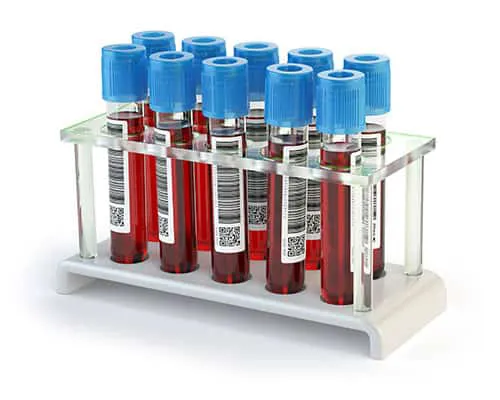Plasma free hemoglobin
What happens when free hemoglobin is found in plasma?
When free hemoglobin is found in plasma, this is indicative of intravascular hemolysis, a medical condition characterized by the destruction of red blood cells (RBCs). This damage can be due to transfusion reaction or mechanical fragmentation of RBCs due to instrumentation, surgical procedures or mechanical devices. Patients undergoing ECMO (extracorporeal membrane oxygenation) treatments or centrifugal ventricular assistance treatments in which blood is physically manipulated are susceptible to RBC damage and increased levels of free hemoglobin in their plasma.
Why Does this Matter?
The Plasma free Hemoglobin test can be used to diagnose or monitor the severity of hemolytic anemia caused by a number of clinical conditions. It can be used to monitor the effects of mechanical damage and alter treatment. Heme, when released from its hemoglobin conformation can exert dangerous oxidative damage on various organs. The test can also be used to determine the integrity of stored plasma. Increased levels of PFH have been associated with plasma from burn victims, cases of septicemia, acute renal failure and Covid-19.

Plasma Free Hemoglobin Test Kit
Plasma Free Hemoglobin (C462-0A)
This test can be run on most clinical chemistry analyzers, unlike those in the past. The test is sensitive and accurate enough to measure hemoglobin at levels approaching 2 mg/dL (1.2 µmol/L) and demonstrates linearity on most analyzers to 100 mg/dL (60 µmol/L).
How Can We Help You?
If you are looking to place an order, request technical help or ask questions about us, get in touch today!
